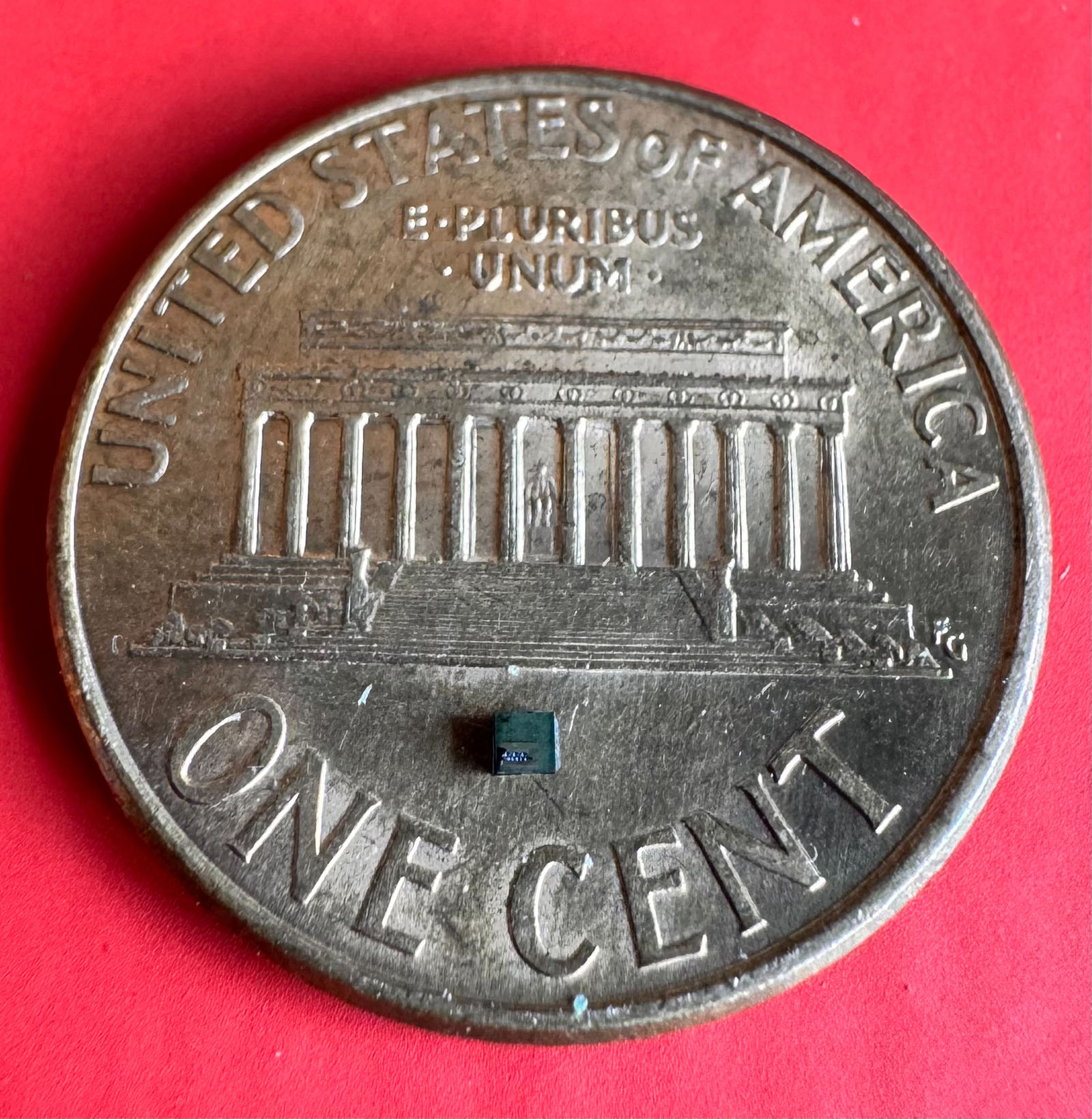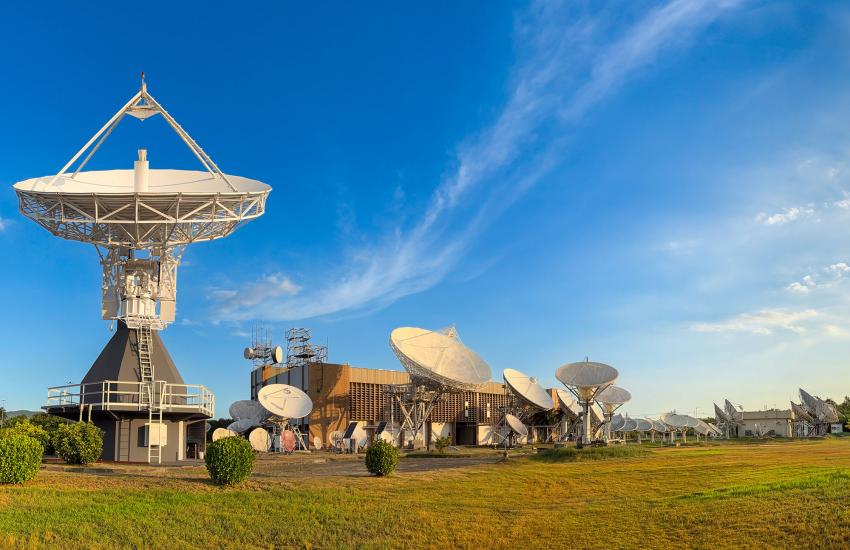Now Brewing: DARPA COFFEE Filters Pack High-Performance in a Small Form Factor
In the world of modern telecommunications, ensuring that radar systems are capable of clearing out radio frequency noise and providing clear communication is becoming increasingly necessary. The Defense Advanced Research Projects Agency (DARPA)’s COmpact Front-end Filters at the ElEment level (COFFEE) program is working toward an innovative and widely applicable solution.
DARPA created the COFFEE program to address the rising frequency of radar systems, as the higher the frequency of these systems, the richer the information they can gather. However, while there are benefits to higher frequency radar systems, they also congest the radio frequency environment, risking spectrum crowding and interference from other signals. COFFEE filters are designed to sieve through an environment and only allow intended frequencies through to the radar system.
While intended for radar systems, COFFEE filters can be used for other types of radio frequency systems. “When the program was initiated, we set out to develop new, compact filters for next-generation radars,” Todd Bauer, DARPA’s COFFEE program manager told SIGNAL Media in an interview. “It turns out the same filter that works for a radar is also useful in, for instance, a radio, like a two-way communication radio. It’s also useful in things like cellphones and cellphone base stations. And so, our technology, we think, has the opportunity to find use in those systems as well, which, of course, benefits the commercial world and civilian infrastructure.”
COFFEE performers include Raytheon partnering with Northeastern University; the University of Texas; and the University of California, Los Angeles (UCLA); and Akoustis with the University of Pennsylvania. Akoustis was recently purchased by Tune Holdings Corporation, a subsidiary of Space Exploration Technologies Corporation, or SpaceX, after Akoustis declared Chapter 11 bankruptcy.
“DARPA itself does not do the technical work. We typically engage with commercial industry, with academia, to really enable them to develop the technologies that will solve the problems that we’re trying to solve, develop the technologies that we’re trying to develop,” Bauer said.
What really sets COFFEE apart from similar efforts in radio frequency filtering is one word: small. “When I say small, the COFFEE filter is something that could approximately fit on your fingernail. These are very small devices that consume very little power. They have very little insertion loss. So, they’re very high performance, tailored to specific frequencies and very, very small,” said Bauer.
One other major appeal of the program is its wide applicability. “Within reason, our filters can be integrated into virtually any system,” said Bauer. COFFEE filters are potentially compatible with antennae in both legacy systems and state-of-the-art systems alike. While small enough filters already exist for lower frequencies, retaining high-frequency performance at such a small size is one notable innovation of the program.
Like with most devices, enhancing performance requires increasing its size. This level of miniaturization also necessitates precision in the manufacturing of the filters.
“We’re able to make them small by using microfabrication processes. So, imagine the same fabrication technologies that we use to manufacture integrated circuits. We’re using similar technologies to realize the filters in the COFFEE program,” said Bauer. COFFEE filters are built using piezoelectric materials measuring only nanometers in thickness, leaving very little room for error with such delicate components.

COFFEE’s name may also be setting it apart from other programs by simply being funnier and more eye-catching. “My thesis here is that DARPA COFFEE filter is going to get looks that some program names wouldn’t just by dint of the name,” said Bauer.
As difficult as the production process may be, the technology may solve a growing problem. In an email with SIGNAL Media, Logan Selby, CEO of DataShapes, said, “Honestly, I think it’s a really smart move. It’s going after one of the key challenges in RF [radio frequency] systems—figuring out how to do solid, wideband filtering right at the antenna level. What I like is that it’s not just chasing technical specs for the sake of it. It’s actually thinking about what can be scaled and built reliably. That kind of thinking is what we need if we’re going to stay ahead in crowded and contested signal environments, whether that’s on the battlefield or in global communications.”
While the program might not be well known outside of defense and advanced radio frequency engineering circles, people inside those circles are interested and cautiously optimistic. So said Mark Jones, founder and CEO of Konvivial. “COFFEE seeks to address a real pain point—front-end congestion and interference in wideband RF systems—by pushing the frontier of what’s physically and thermally possible at the antenna element level,” he stated.” If successful, it could fundamentally change how we design multimission RF platforms.”






Comments